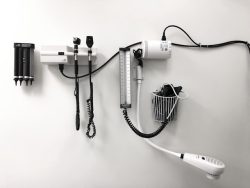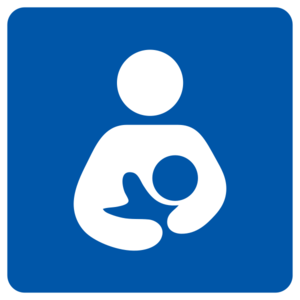NPR recently reported How the Poor, the Middle Class and the Rich Spend Their Money in America, and there are notable spending differences when it comes to education, retirement, utilities, and health care.
While the rich and poor seem to spend the same amount of money on eating out and clothing, the rich are in a position to invest a larger portion of their income towards education and retirement, which, naturally, sets them up for a brighter future.
The poor, on the other hand, are paying significantly more for basic living costs, such as utilities, food at home, and health care, which can make it difficult to prepare for the future when a majority of one’s income is going towards essential living needs. In fact, the poor contribute almost twice as much of their income towards the costs of health care and health insurance as the rich.
Whether the larger proportion spent towards health costs is due to living environments, work environments, health lifestyles, or just due to the fact that health costs take up more of a small income is uncertain, but clearly, the unproportionate amount of spending for health care impacts the poor, potentially deterring them from investing in their futures, which only widens the wealth gap.





































